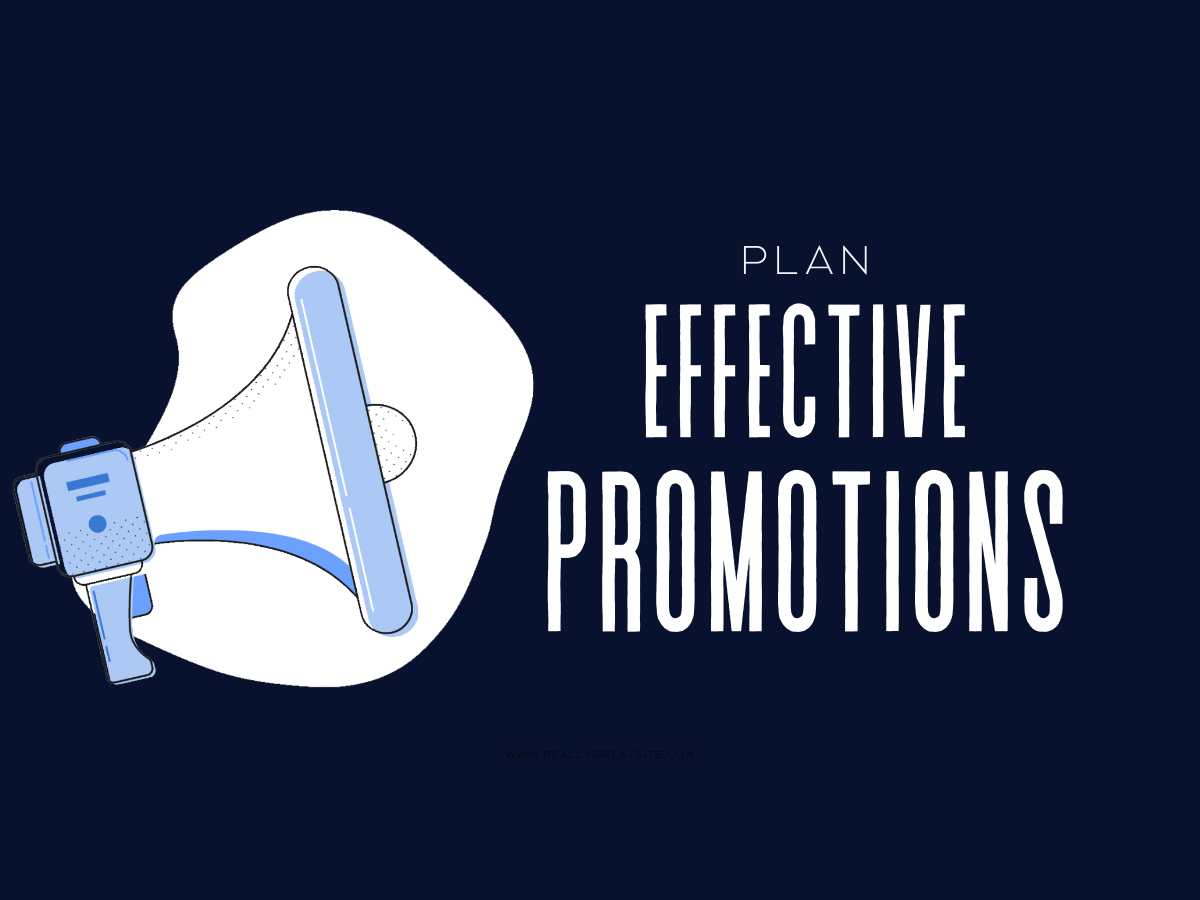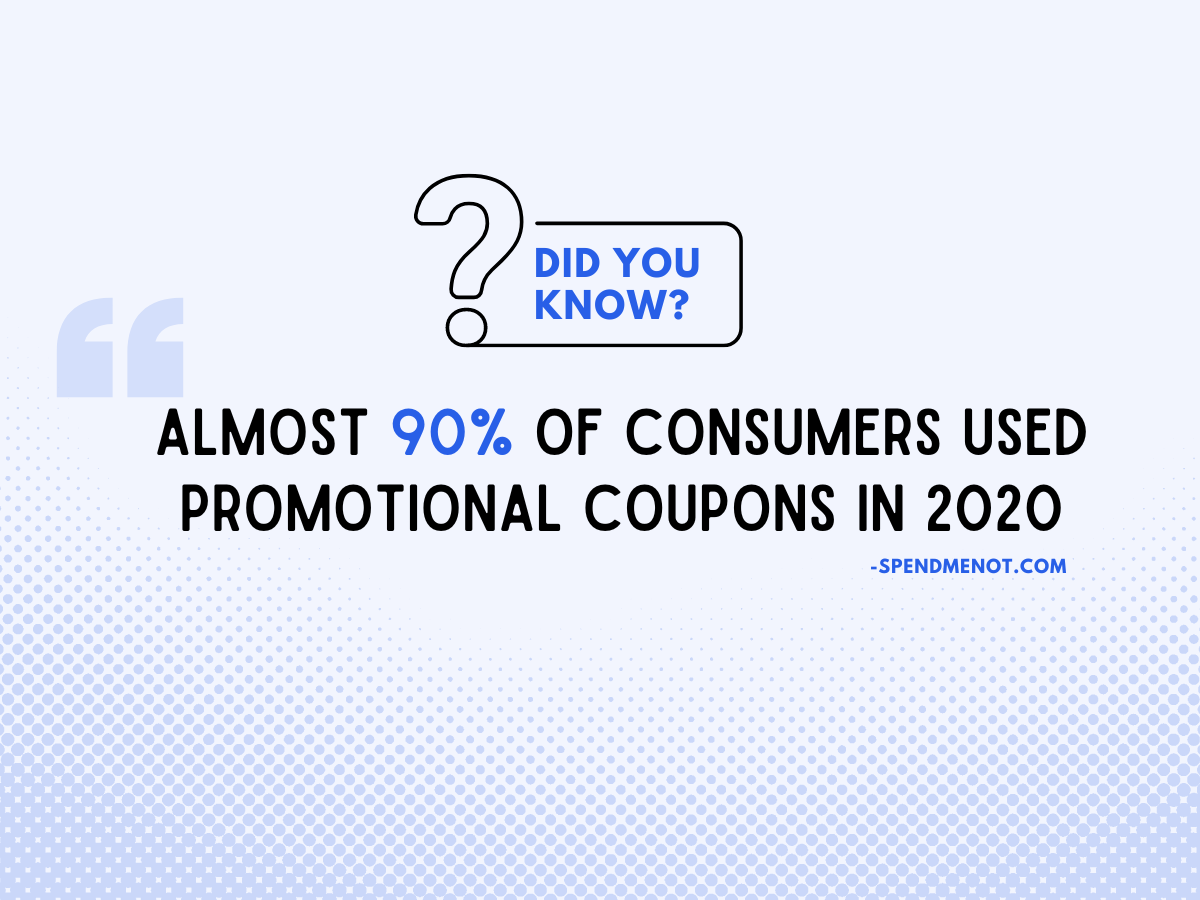
Basics of planning promotions for your marketing campaign
Beginner's Guide: Get started with planning promotions that maximise impact and play an important role in each of your marketing campaigns.
Great, you want to step up your marketing game and plan a promotional campaign. Here's a simple guide to help you get started.
Setting the right foundation for your promotional campaign
Before launching promotions as a part of your marketing plan, it is extremely important for you to ensure that the campaign is well-targeted, effective, and aligned with your overall strategy. Which is why we recommend you to carefully consider the following factors at get go:
- First, you define the product(s) that you will be running your promotions with. Here, you might want to consider costs and margins, and accordingly choose products that have the potential to cover the expenses of the promotion. However, you must also be mindful of similar products that may be impacted by the promotion.
- Understand your audience. It is one thing to assume what your customers want and another to know their exact preferences and inclinations. By having deeper insights into the behaviour and interests of your target group, you can adjust/ frame the promotions and suit their needs in accordance. This will also ensure increased participation and appreciation of your promotional campaign.
- Set promotional campaign goals. Sales promotions can be used to achieve multiple marketing and sales goals, such as increasing off-season sales, stimulating product demand, building customer loyalty and brand awareness, introducing new products, and creating a competitive advantage. Before setting up your promotional campaign, you must know define the objective and accordingly measure the impact and its success. For example, a promotion can be used to increase sales during slow periods or to boost demand for a specific product or service. By offering discounts, coupons, or other incentives, businesses can encourage customers to make purchases they might not have otherwise made.
- Choose the right marketing channels. Is the audience that you are targeting for a specific promotional campaign more active on Instagram, e-mail or say, LinkedIn? Think about who you want to reach, the nature of your target group, and the product you're promoting, and choose channels that will best reach them. Another important factor to consider is to know which channel is best to communicate the promotion to your audience. For example, if you are promoting a visual product such as clothing, using visual channels like Instagram or Pinterest might be more effective than text-heavy channels like Twitter. Similarly, if your message is about the benefits of your product, using channels that allow for longer-form content like blog posts or videos might be more effective than social media posts.
- Set a budget. Analyse how much money you can spend on the promotional campaign and adjust it based on factors such as the size of the market, product specificity, competitors' activities, and the target group. Try to find ready solutions that can minimise development and maintenance costs.
It is crucial that you have a defined timeline, a set budget, an identified target group and market size for your promotion campaign- much before you get to actually get to running it.

Creating an effective plan to maximise your promotional efforts
#1 Determine a promotion schedule. Decide when the promotion will run, how long it will last, and any key dates or deadlines to keep in mind.
Timing: Consider the best time to launch your promotion, such as during peak sales periods, holidays, or seasonal events. You may also want to consider the timing of other marketing campaigns and avoid scheduling promotions that conflict with each other.
Duration: Determine how long your promotion will run. This could be a few days, a week, or several weeks. Consider the nature of your promotion and the amount of time needed to achieve your goals.
Key Dates: Identify any key dates or deadlines that are important to your promotion, such as a product launch, or a major event in your industry. This will help you plan your promotional activities and ensure that you have enough time to achieve your targets.
Frequency: Consider how often you will run your promotion. You may choose to run a one-time promotion or a recurring promotion, such as a weekly or monthly deal.
The ROI vs. cost+time burn will also be highly influential in setting aside a timeline, duration and frequency of your promotions.
#2 Create a promotional hook. Every promotion you run should easily grab your audience/ customer's attention + encourage them to take the action your promotion desires them to.
When creating a promotional message, consider the following tips:
Make it clear and concise: Your promotional hook should be easy to understand and clearly communicate the value of your promotion. Avoid using complex language or jargon that may confuse your audience.
Highlight the benefits: Your promotional hook should focus on the benefits of your promotion, such as discounts, freebies, or exclusive offers. There's no way your customers will care unless they clearly see the value in it for them.
Know your audience and communicate accordingly: You'd know what your customers find exciting and interesting to them. Frame your promotions accordingly to encourage your audience to engage with your promotion.
Be consistent: Ensure that your promotional message is consistent across all marketing channels, including social media, email marketing, and even paid advertising. This will help to create a unified message and increase the effectiveness of your promotion - without confusing your customers.
Examples of promotional hooks could include:
- "Limited time offer: 50% off all products this weekend only!"
- "Unlock exclusive access to our new product before anyone else!"
- "Get a free gift with every purchase over $50!"
- "Join our loyalty program and get early access to our biggest sale of the year!"
#3 Measure and evaluate your results. Track key metrics such as sales, website traffic, and customer engagement to measure the success of your promotion. Use this data to make adjustments and further improve your promotional campaign.
Identify key metrics: Determine the metrics that are most relevant to your promotion, such as user engagement, sales, website traffic, conversion rates, or simply customer networking and interactions.
Track, analyse and optimise: It is not necessary that once your promotion is live, there's no scope of making any changes. Monitor the progress of your metrics over the duration of your promotion and make required changes to your promotion for better ROI. In fact, you can increase the effectiveness of your campaign by tailoring it on the go. Determine what is working well and what can be improved, and incorporate these learnings into your current or future promotions.
#4 Use a mix of different types of promotions. Offering a variety of promotions, such as discounts, BOGO deals, and free trials, can help attract different types of customers and increase overall sales. Consider your target audience and the type of products or services you offer to determine which types of promotions are most likely to be effective for your business.
Here are some types of promotions to consider:
Discounts: Offering discounts is a popular promotional tactic that can help to attract price-sensitive customers. This can include percentage-based discounts, such as 10% or 20% off, or dollar-based discounts, such as $5 or $10 off.
Buy One, Get One (BOGO) deals: BOGO deals offer customers the opportunity to receive a free or discounted item when they purchase a specific product. This can be a powerful way to encourage customers to make a purchase and increase sales.
Free trials: Offering free trials can be an effective way to introduce customers to your products or services and encourage them to make a purchase. This can be particularly effective for subscription-based services or products with a high price point.
Limited-time offers: Creating a sense of urgency with limited-time offers can encourage customers to take action and make a purchase before the promotion ends. This can include flash sales, one-day-only promotions, or holiday specials.
Bundling: Offering bundles of products or services at a discounted rate can incentivise customers to purchase more items and increase the overall value of their purchase.
#5 Use customer data to personalise your promotions. Using customer data to personalise your promotions can be a powerful way to increase their effectiveness and improve the customer experience.
Here are some ways to use customer data to personalise your promotions:
Past purchase history: Analyze data from past purchases to identify patterns and preferences among your customers. Use this information to create promotions that are tailored to their interests and buying behaviours.
Website browsing behaviour: Track website browsing behaviour to identify which products or services customers are most interested in. Use this information to create targeted promotions that showcase those products or services.
Customer interactions: Monitor customer interactions with your brand, such as social media engagement, customer service interactions, and email open and click-through rates. Use this data to personalise promotions based on the customer's level of engagement with your brand.
Demographic data: Analyse demographic data such as age, gender, location, and income to identify trends and preferences among your target audience. Use this information to create promotions that are tailored to their specific needs and interests.
Personalised messaging: Use customer data to create personalised messaging that speaks directly to the customer's needs and interests. This can include using their name in promotional emails or tailoring the message to their specific interests and behaviours.
And that's it! By following these steps, you'll be well on your way to planning a successful promotional campaign that drives sales, build brand awareness and customer loyalty. Good luck with your campaign!
